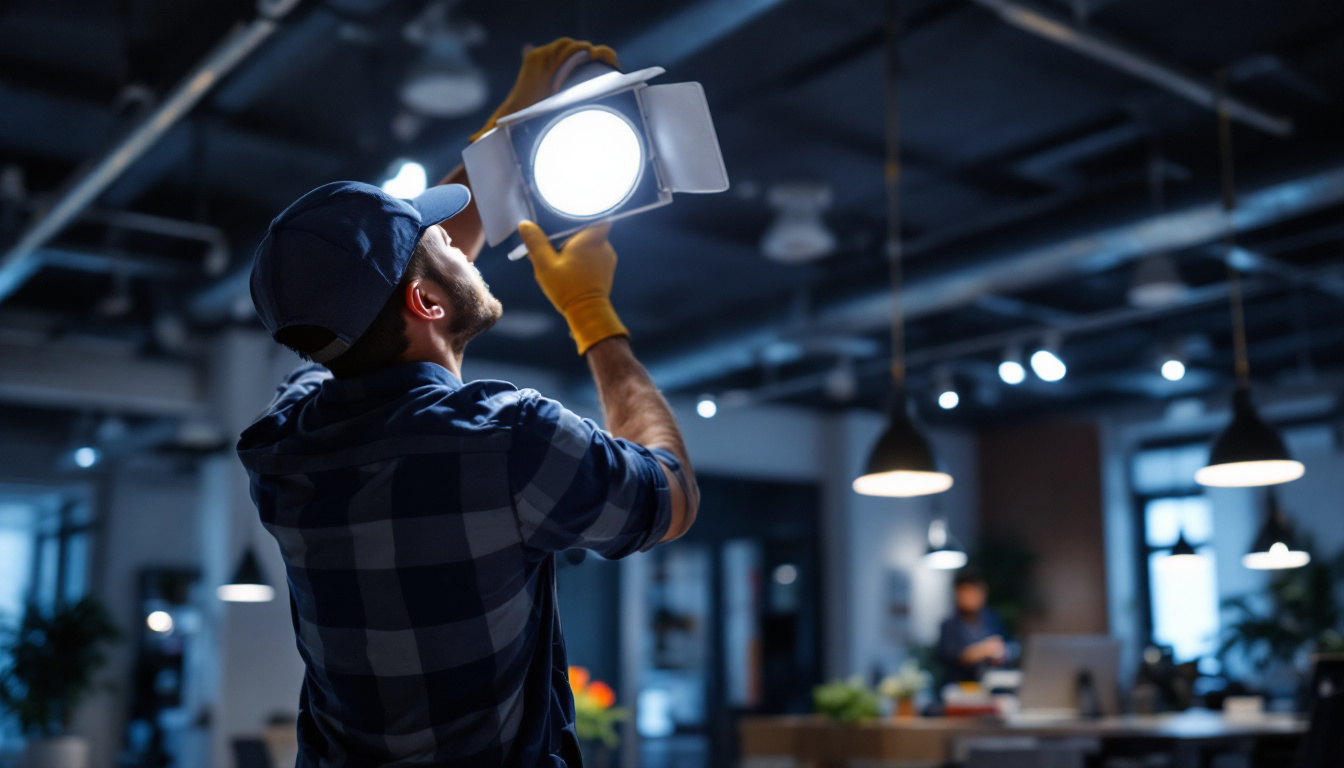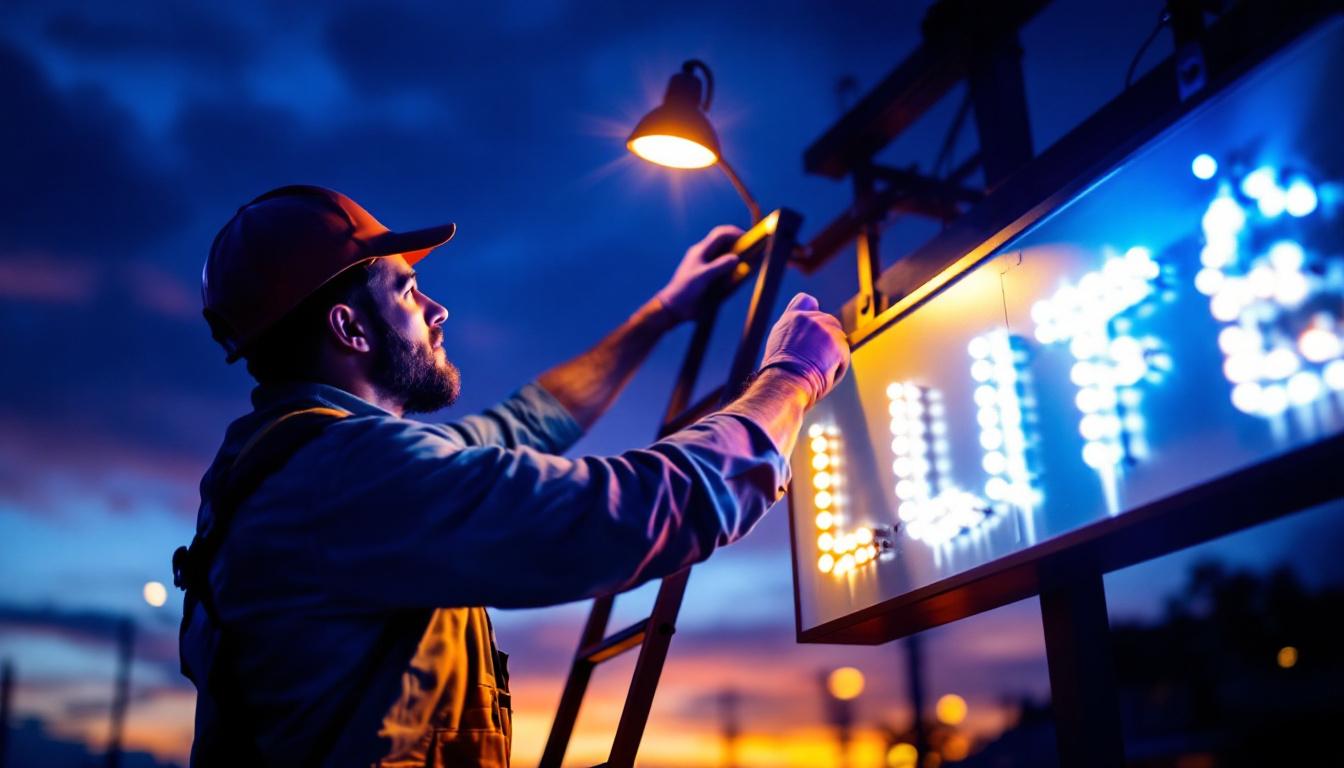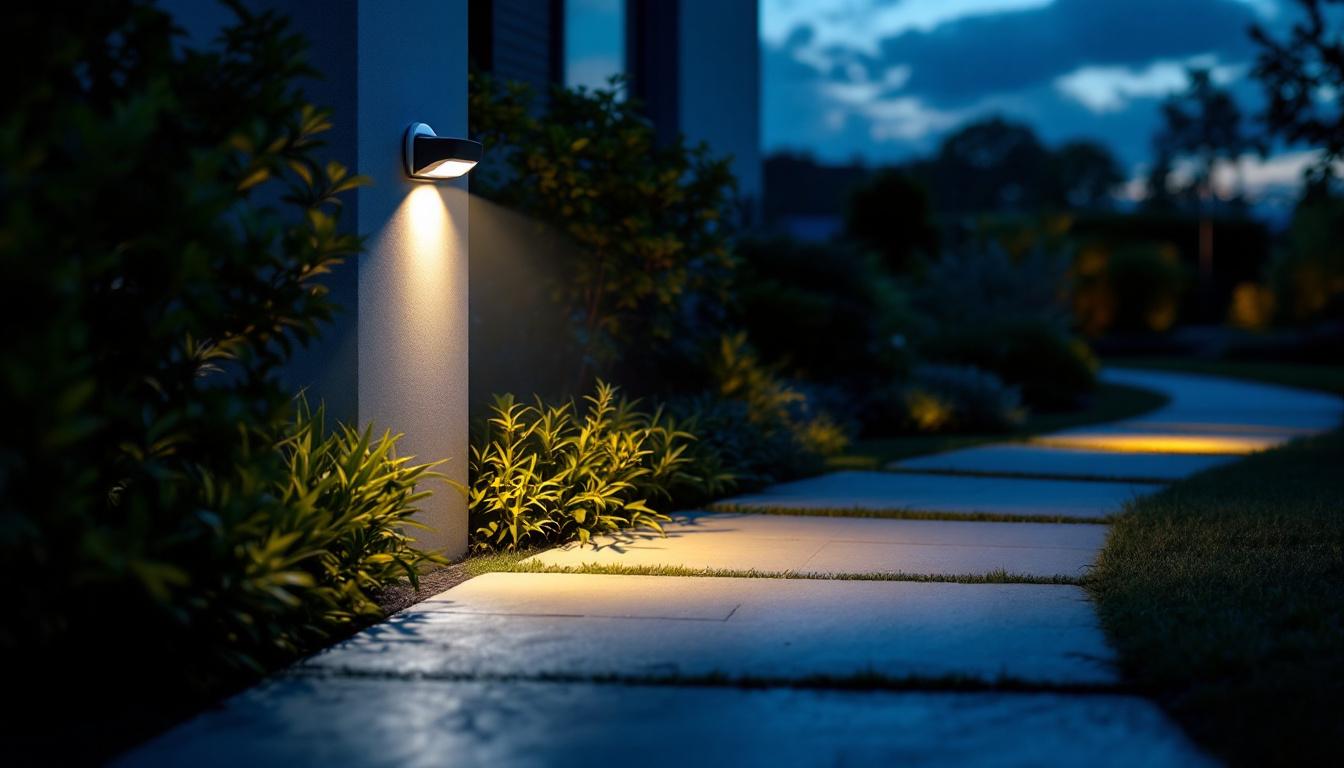
In the world of lighting, understanding the components that make up a lighting system is crucial for contractors. Among these components, lamps and ballasts play a significant role in ensuring efficient and effective lighting solutions. This guide aims to provide lighting contractors with a comprehensive overview of lamps and ballasts, their types, functionalities, and best practices for installation and maintenance.
Lamps are the light-emitting components of a lighting system. They come in various types, each with unique characteristics and applications. Familiarity with these types is essential for contractors to recommend the best options to their clients.
There are several types of lamps available in the market, including incandescent, fluorescent, LED, and high-intensity discharge (HID) lamps. Each type has its advantages and disadvantages, making it important for contractors to understand their specific applications. For instance, while incandescent lamps may be favored for their warm ambiance in residential settings, LED lamps are often preferred in commercial spaces due to their cost-effectiveness over time and lower heat output.
Incandescent lamps are among the oldest forms of electric lighting. They produce light by heating a filament until it glows. While they offer a warm light quality and are inexpensive, they are not energy-efficient and have a shorter lifespan compared to other types of lamps. Furthermore, the recent phase-out of traditional incandescent bulbs in many regions has prompted a shift toward more sustainable lighting solutions. Despite this, they still hold a nostalgic charm and are often used in decorative fixtures where ambiance is prioritized over efficiency.
Fluorescent lamps operate by exciting mercury vapor, which produces ultraviolet light that then excites a phosphor coating inside the lamp. These lamps are more energy-efficient than incandescent lamps and have a longer lifespan. However, they may require a ballast to regulate the current flowing through them, which adds complexity to their installation. Additionally, fluorescent lamps can sometimes flicker or take time to warm up, which may not be ideal in settings where instant illumination is necessary. Despite these drawbacks, they are commonly used in office buildings and retail spaces due to their bright, even light distribution.
Light Emitting Diodes (LEDs) have revolutionized the lighting industry. They are highly energy-efficient, have a long lifespan, and are available in various colors and styles. LEDs are increasingly becoming the preferred choice for both residential and commercial applications due to their versatility and low energy consumption. Moreover, advancements in LED technology have led to the development of smart lighting solutions that can be controlled remotely, allowing users to adjust brightness and color temperature to suit their needs. This adaptability not only enhances the aesthetic appeal of a space but also contributes to energy savings, making LEDs a smart investment for the future.
Ballasts are essential components that regulate the current to lamps, particularly fluorescent and HID lamps. They ensure that the lamps operate correctly and efficiently, preventing flickering and extending their lifespan. By providing the necessary starting voltage and stabilizing the electrical current during operation, ballasts play a crucial role in the overall performance of lighting systems. Without them, lamps could experience premature failure or inefficient operation, leading to increased maintenance costs and energy consumption.
Ballasts can be classified into two main categories: magnetic and electronic. Understanding the differences between these types is vital for contractors when selecting the appropriate ballast for a specific lamp type. Each type has its own set of characteristics that can impact the performance and energy efficiency of the lighting system. For instance, the choice of ballast can influence the quality of light emitted, the operational costs over time, and even the environmental impact of the lighting solution.
Magnetic ballasts use electromagnetic induction to control the current flowing to the lamp. They are typically heavier and larger than electronic ballasts and can be less energy-efficient. However, they are known for their durability and reliability, making them suitable for specific applications, especially in older lighting systems. In addition to their robust construction, magnetic ballasts are often favored in environments where high temperatures or humidity levels are present, as they can withstand harsher conditions without compromising performance. Despite their drawbacks, including higher energy consumption and the potential for humming noise, many users appreciate the simplicity and longevity of magnetic ballasts in certain setups.
Electronic ballasts are more modern and offer several advantages over magnetic ballasts. They are lighter, smaller, and more energy-efficient. Additionally, they provide better control over the lamp’s operation, reducing flicker and noise. Electronic ballasts are commonly used with fluorescent and LED lamps, making them a popular choice in contemporary lighting designs. Furthermore, they can be designed to work with dimming systems, allowing for greater flexibility in lighting control. This adaptability not only enhances the aesthetic appeal of a space but also contributes to energy savings, as users can adjust the brightness according to their needs. As technology advances, electronic ballasts continue to evolve, incorporating features such as smart controls and integration with building management systems, which further optimize energy use and improve overall lighting quality.
Selecting the appropriate lamp and ballast combination is crucial for achieving optimal lighting performance. Factors such as the application, energy efficiency, and budget should be considered during the selection process.
The intended application of the lighting system significantly influences the choice of lamps and ballasts. For instance, residential settings may benefit from warm incandescent or LED lamps, while commercial spaces may require the efficiency of fluorescent or HID lamps. Understanding the specific needs of the space will guide contractors in making informed decisions.
Energy efficiency is a critical consideration for contractors and clients alike. LED lamps, paired with electronic ballasts, offer the highest energy savings and longest lifespan. This not only benefits the environment but also reduces operational costs for clients.
While energy-efficient options may have a higher upfront cost, they often lead to significant savings in the long run. Contractors should educate clients on the long-term benefits of investing in quality lamps and ballasts, helping them make informed choices that align with their budgetary constraints.
Proper installation of lamps and ballasts is essential for ensuring safety and optimal performance. Following best practices can help contractors avoid common pitfalls and deliver high-quality lighting solutions.
Before starting any installation, contractors should prioritize safety. This includes turning off the power supply, using appropriate personal protective equipment, and following local electrical codes and regulations. Ensuring a safe working environment is paramount for both the contractor and the client.
Understanding the correct wiring techniques for different lamp and ballast combinations is essential. Contractors should refer to manufacturer specifications and wiring diagrams to ensure proper connections. Incorrect wiring can lead to malfunctions or even hazardous situations.
After installation, testing the lighting system is crucial. This includes checking for flickering, ensuring proper brightness levels, and verifying that the ballast is functioning correctly. Commissioning the system helps identify any issues early on, allowing for timely adjustments and ensuring client satisfaction.
Regular maintenance is vital for the longevity and efficiency of lamps and ballasts. Contractors should educate clients on maintenance practices and be prepared to troubleshoot common issues that may arise.
Routine maintenance tasks include cleaning fixtures, checking for loose connections, and replacing burnt-out lamps. Educating clients on these practices can help extend the lifespan of their lighting systems and maintain optimal performance.
Contractors should be equipped to troubleshoot common issues such as flickering lights, dimming, or complete lamp failure. Understanding the potential causes—such as faulty ballasts, incorrect wiring, or incompatible lamp and ballast combinations—will enable contractors to quickly diagnose and resolve problems.
The lighting industry is continuously evolving, with new technologies and trends emerging regularly. Staying informed about these developments can help contractors remain competitive and provide cutting-edge solutions to clients.
Smart lighting technology is gaining popularity, allowing users to control their lighting systems through mobile apps or voice commands. Integrating smart technology with traditional lamps and ballasts can enhance user experience and energy efficiency.
LED technology continues to advance, with improvements in color quality, efficiency, and design versatility. Contractors should keep abreast of these advancements to offer clients the latest and most effective lighting solutions.
As sustainability becomes increasingly important, contractors should consider environmentally friendly lighting options. This includes promoting energy-efficient lamps and ballasts, as well as exploring renewable energy sources for lighting systems.
Understanding the intricacies of lamps and ballasts is essential for lighting contractors aiming to provide high-quality, efficient lighting solutions. By familiarizing themselves with the various types of lamps and ballasts, as well as best practices for installation and maintenance, contractors can enhance their expertise and better serve their clients. As the lighting industry continues to evolve, staying informed about new technologies and trends will ensure that contractors remain competitive in a dynamic market.
By focusing on energy efficiency, safety, and client education, lighting contractors can build lasting relationships with their clients and contribute to a more sustainable future. The journey of mastering lamps and ballasts is ongoing, but with dedication and knowledge, contractors can illuminate the path to success in the lighting industry.
Ready to elevate your lighting game? Look no further than LumenWholesale for all your lamp and ballast needs. Our commitment to quality and affordability ensures you have access to the best spec-grade lighting products at wholesale prices. Say goodbye to unnecessary markups and hello to a vast selection of reliable, high-performance lighting solutions. Plus, with free shipping on bulk orders, you can stock up on superior lighting without the worry of hidden fees. Don’t compromise on quality or cost—choose LumenWholesale and make your next lighting project shine. Discover the value we bring to your work by exploring our collection at Wholesale Lighting at the Best Value.

Discover how LED indoor flood lights can revolutionize your lighting contracting business.

Discover the crucial role of commercial outdoor sign lights in enhancing visibility and aesthetics for businesses.

Discover how a 5000 lumens LED bulb can revolutionize your lighting solutions with enhanced brightness and energy efficiency.

Discover how outdoor motion detector sensors can revolutionize your lighting projects by enhancing efficiency and security.